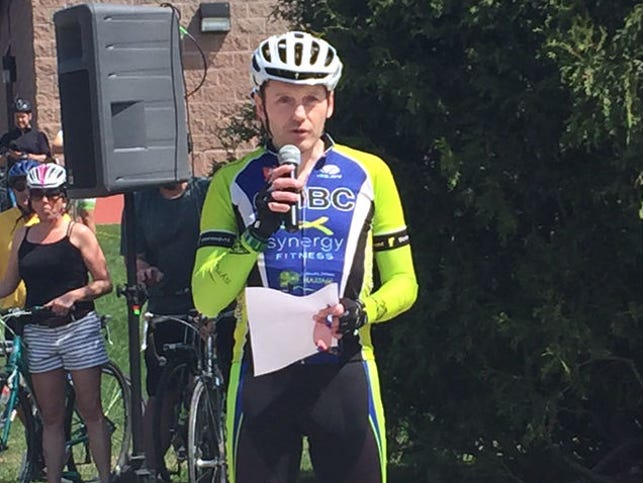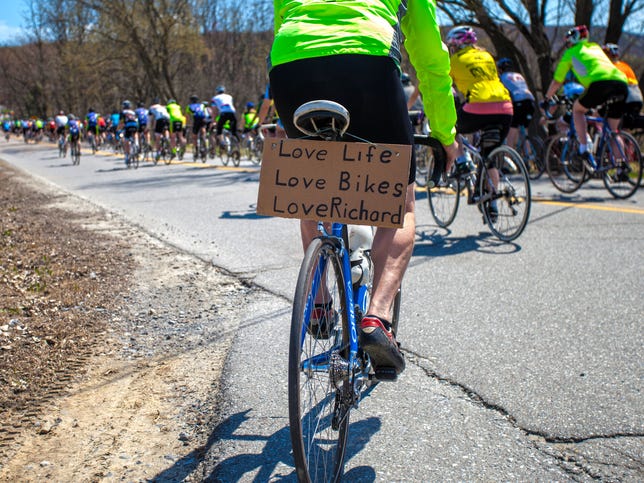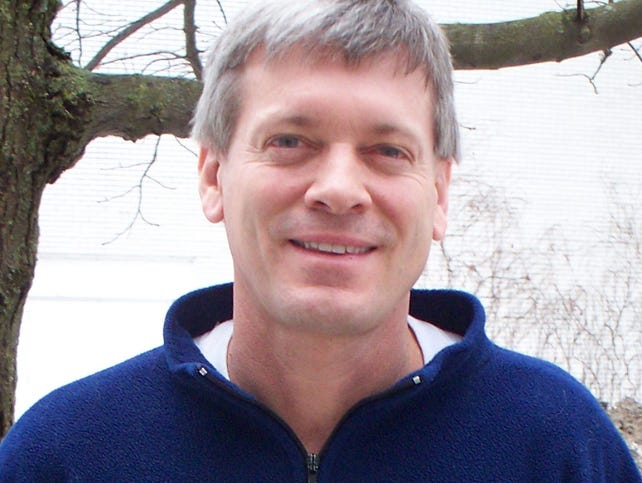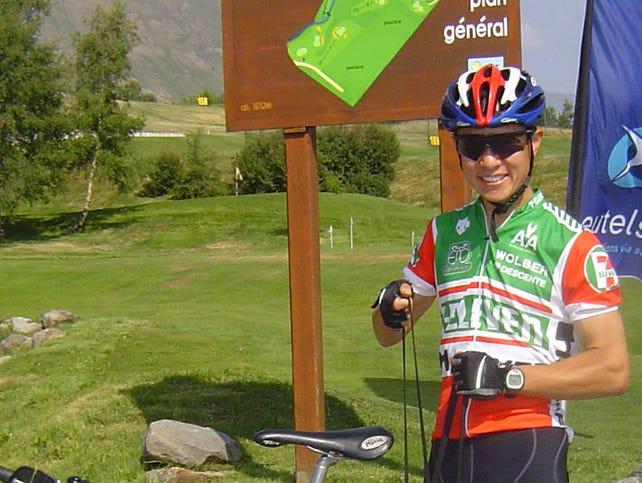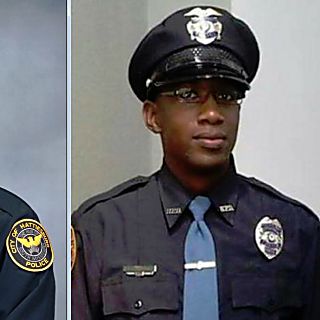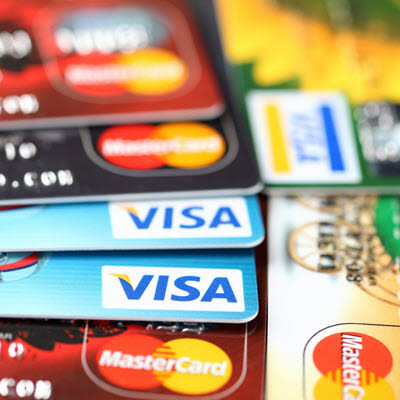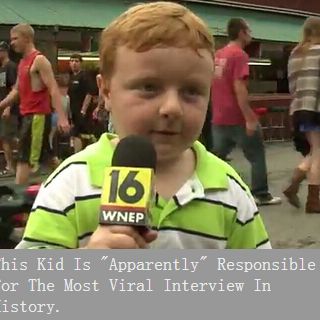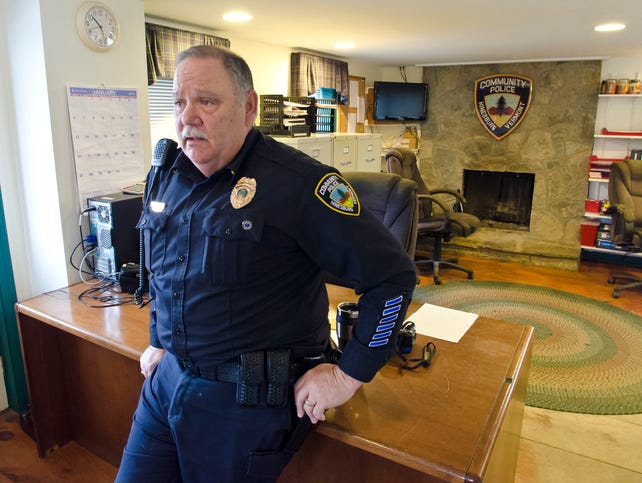
From the Burlington Free Press
GLENN RUSSELL/FREE PRESS FILE
Hinesburg Police Chief Frank Koss has written a blunt letter about the crash more
Frank Koss put pen to paper days after a tragic crash that killed two residents as a way to deal with his thoughts — a first for the self-labeled "politically correct" police chief in Hinesburg.
The product of his reflection was bluntly direct.
"If Joseph Marshall had not lost his life, he would have been charged with second degree murder," Koss wrote in a letter published Thursday in The Hinesburg Record. "This was not going a little fast or even distracted driving, it was gross careless and negligent driving. ... Although bicyclists are always aware of the inherent danger from speeding or distracted drivers, this event crossed an unimaginable line."
Koss said he felt it necessary to write the column, which he shared with the Burlington Free Press. "The message was lost on a lot of the kids," he said. "This wasn't an accident at all."
"I've had 35 years of not being candid. As a police chief, you're supposed to be sensitive and be careful of what you say, and I felt it was time to, as far as I'm concerned, tell the truth on what happened," the chief said. "I'm very sorry for Joseph's death, but the reality of the situation is had he not died, he would have literally been arrested for second-degree murder."
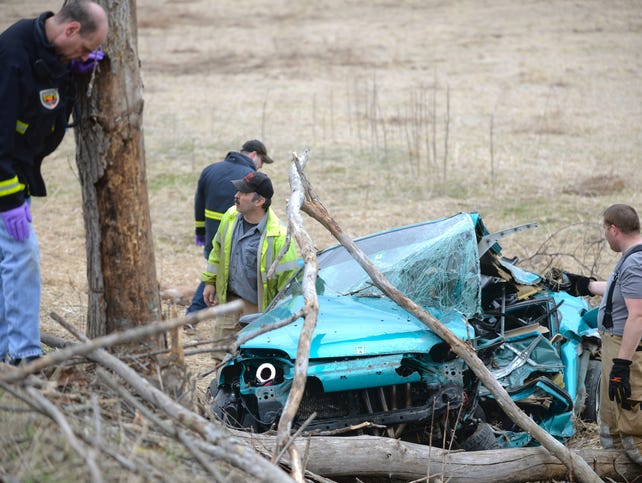
ELIZABETH MURRAY/FREE PRESS FILE
Crews inspect the scene of a crash on Vermont 116 in Hinesburg after the vehicle lost control and hitting a bicyclist April 26. The driver and the cyclist were killed. Police say speed was a factor.
Marshall, 17, a Champlain Valley Union High School student, and Richard Tom, 47, a lifelong bicyclist, both were killed in the April 26 crash. Hinesburg police have initially deemed excessive speed on Marshall's part as the cause of the crash.
He was driving more than twice the speed limit, investigators say.
In the column, Koss wrote that police had spoken to Marshall several times about the teenager's driving and his car. The police department was accused of targeting Marshall after making multiple contacts, Koss said.
Marshall's family did not respond to a message Thursday from the Burlington Free Press.

GLENN RUSSELL/FREE PRESS FILE
A roadside memorial on Vermont 116 in Hinesburg is seen April 27 at the spot more
"For those young people that want to honor Joseph, do more than stand at a tree for a few minutes," Koss wrote, alluding to a candle-light vigil at the scene that took place the night of the crash. "Realize that your actions can have devastating consequences and drive like you care and respect others just like others should be toward you."
Koss said Thursday that Vermont State Police have officially estimated Marshall's speed to have been about 83 mph in a zone where the speed limit was increasing from 30 to 40 mph. Marshall's car hit Tom as the vehicle came around the curve and left the roadway, and the car came to rest after hitting a tree. Police are waiting for toxicology results.
"If you drive in Hinesburg with no regard to others on the road, we will make sure that you are targeted until driving habits are either changed or you are taking a bus," Koss wrote. "Bicyclists and pedestrians are seriously vulnerable to mistakes by motorists and we will have zero tolerance to unsafe driving that puts lives at risks."
Hinesburg Officer Anthony Cambridge said he addressed at least five incidents with Marshall, several of which he witnessed while off-duty. Marshall received tickets only for defective equipment, including one related to the front license plate and another for noisy exhaust. The first incident happened last year while Cambridge was off-duty, and Cambridge said he notified dispatch.
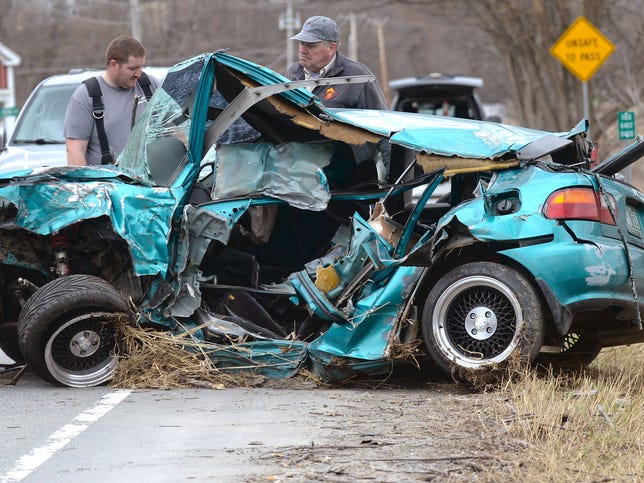
ELIZABETH MURRAY/FREE PRESS FILE
Crew work to remove a car from Vermont 116 in Hinesburg after the driver lost control and hit a bicyclist April 26. The driver and the cyclist were killed. Police say speed was a factor in the crash.
"I was in my personal vehicle in Hinesburg going home, and he came up behind me at a high rate of speed and passed my vehicle ... and then he passed another five vehicles in front of me," Cambridge said. "He went into the other lane of traffic. ... We were in a 50 mph zone, and he passed me as though I was stopped."
Cambridge said Marshall guaranteed at the time that he would never be behind the wheel of that particular car again or drive that way in the future, but more incidents followed. Marshall was driving other cars than he was the day of the fatal crash, Cambridge said.
"As a police officer, you always wish you can do more," Cambridge said Thursday. "I did everything I could given that I was off-duty at the time, and I did an investigation. ... One of the hard parts at the time is you don't like writing tickets, but you know you're slowing people down to save lives."
Chief Koss, in his column, wrote that one the crash's lingering effects is he now has "an officer Monday morning quarterbacking all of his dealings with Joseph and wondering if he could have done more."
Reflecting again on the incident Thursday, the police chief told the Burlington Free Press he will carry the memory of this crash with him. He said this was one of the most "personal" crashes he has investigated, because the victims were well-known in a small community.
"I truly hope this wakes up the teenagers a little bit," Koss said of his column. "Vermont's roads are very unforgiving as far as no shoulders or very narrow shoulders. You have to be very careful."








